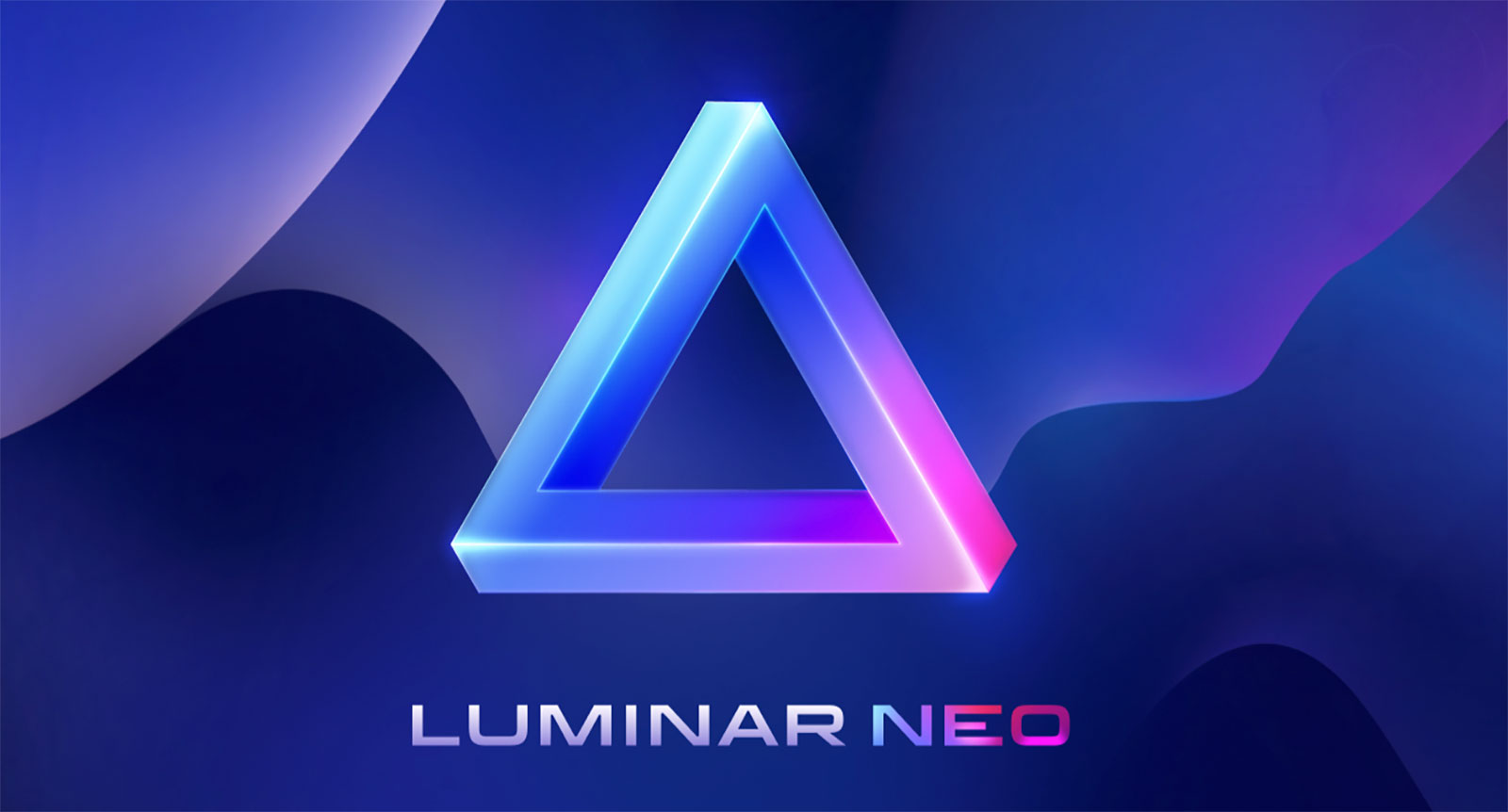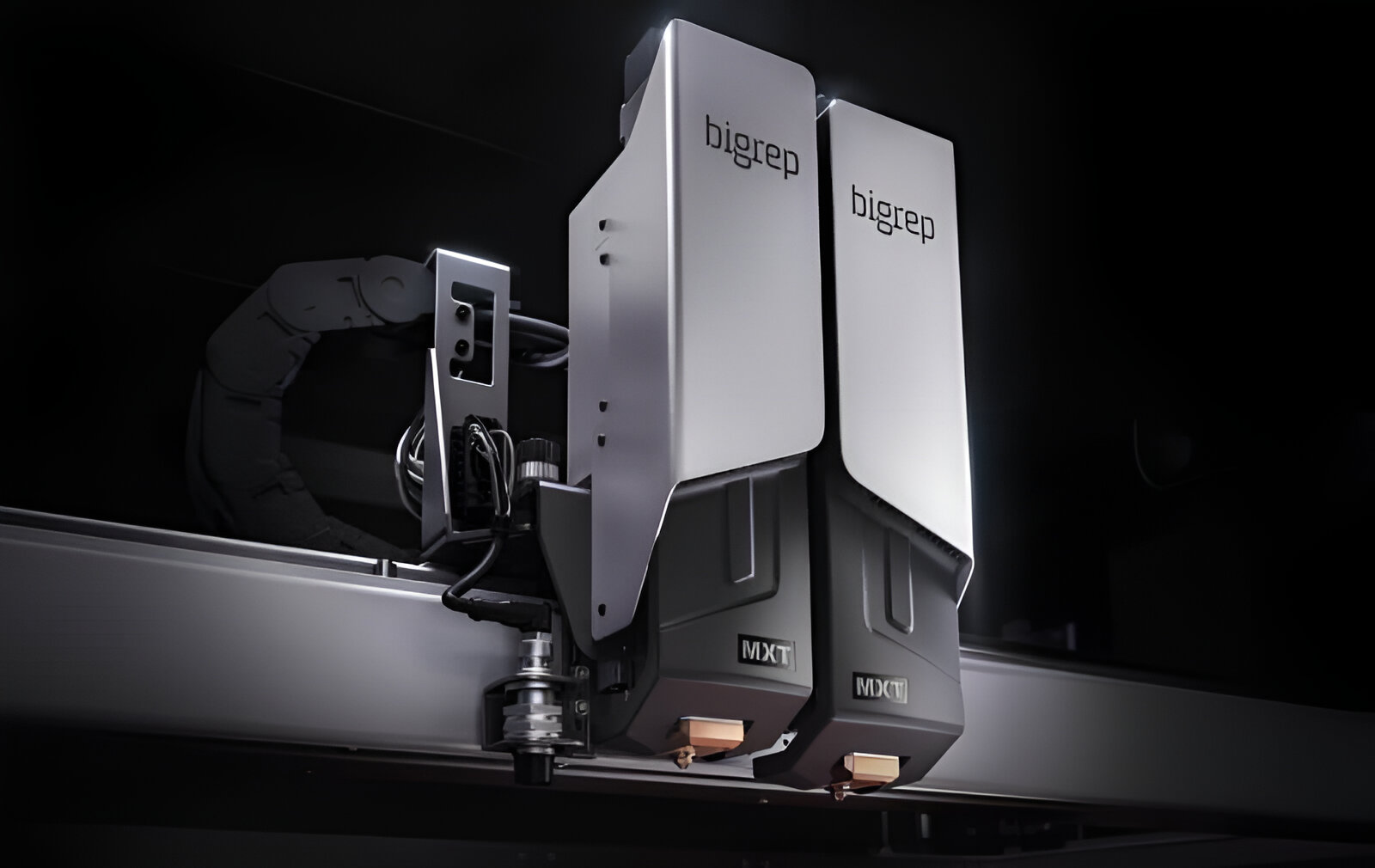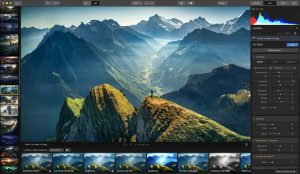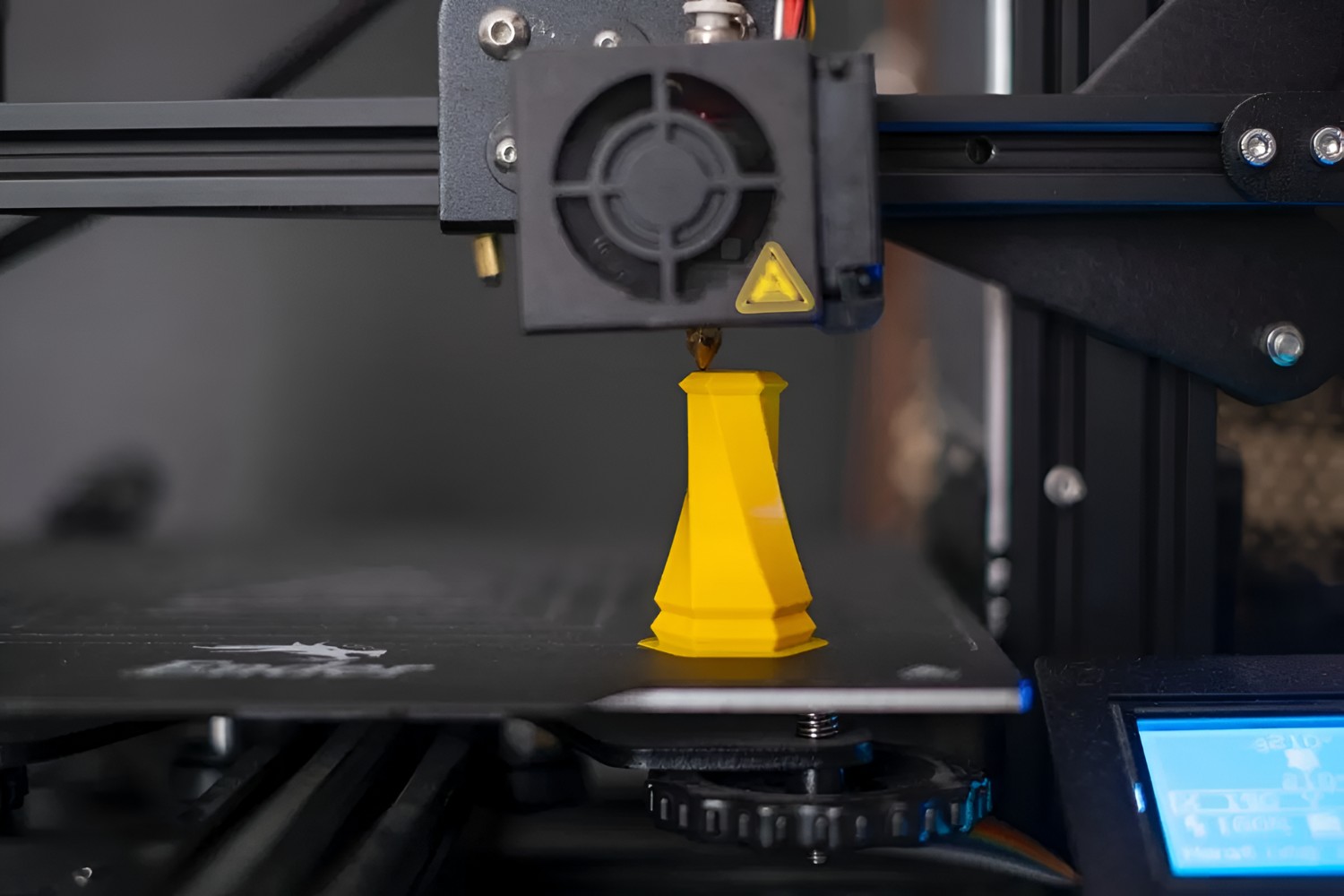A new wave of generative AI tools is making its way into the world of photography, and Luminar Neo is at the forefront of this revolution. While Adobe focuses on providing generative AI models for professional photographers and designers, Skylum’s Luminar Neo aims to bring these easy-to-use tools to a wider audience, including hobbyist photographers.
Key Takeaway
Luminar Neo, the photo-editing software developed by Skylum, is introducing a range of generative AI features that make advanced image editing tools accessible to hobbyist photographers. With tools like GenErase, GenSwap, and GenExpand, users can effortlessly remove unwanted objects, replace or add elements, and expand the canvas in their photos. Skylum’s dedication to user-friendly interfaces and continuous innovation sets Luminar Neo apart, empowering photography enthusiasts of all skill levels to create stunning images.
Introducing Luminar Neo’s Generative AI Features
Luminar Neo, the photo-editing software developed by Skylum, is now rolling out a set of powerful generative AI features to its desktop apps for Mac and Windows. With these new tools, users can effortlessly remove unwanted objects from their images, expand the canvas, or replace and add specific elements into their photos.
These generative AI tools bear similarities to Google Photos’ Magic Editor and Magic Eraser, as well as Adobe’s Generative Fill tool. However, Luminar Neo distinguishes itself by offering two distinct tools, GenErase and GenSwap, instead of just one. What sets it apart even further is the absence of a text prompt field. Instead, users can select the area on the image they wish to remove and simply click “Erase.” Unlike Adobe’s Generative Fill, Luminar Neo does not offer multiple result options, requiring users to click “Erase” again for a different outcome.
The Journey of Skylum and Luminar
Skylum, formerly known as Macphun, was founded in 2008 by game developers and amateur photographers Paul Muzok and Dima Sytnik. Initially focused on developing iOS applications, the company gained recognition for its Vintage Video Maker app, which Apple acknowledged as one of the best apps of the year in 2009.
Over the years, Skylum continued to expand its iOS app offerings, eventually transitioning to Mac apps like FX Photo Studio Pro, which surpassed 50 million downloads. The company also released other image editing apps such as Snapheal, Intensify, Tonality, Noiseless, and Auora HDR. In 2016, the photo editing software Luminar was born, and Skylum rebranded itself to shift its focus entirely on the Luminar project in 2018.
The Power of Luminar Neo
Luminar Neo was designed to be user-friendly yet capable of performing complex photo editing tasks. While primarily targeted towards hobbyist photographers, the software is also utilized by some professionals, including commercial photographers who often integrate it as a plugin for Lightroom or Photoshop.
Recognizing the growing prominence of generative AI models in image editing, the Skylum team sought to incorporate these cutting-edge functionalities into Luminar Neo, making photo editing even more efficient and accessible. The plan includes releasing one generative AI tool per month until the end of 2023, starting with GenErase on October 26. GenSwap (for element replacement) and GenExpand (for canvas expansion) will follow on November 16 and December 14, respectively.
How Luminar Neo’s Generative AI Works
The generative AI models used by Luminar Neo are based on Stable Diffusion, which the company combines with its own Upscale AI model and others in a single pipeline. This approach enhances the resolution and quality of the generated images, offering up to 1536×1536 image resolution. In comparison, Photoshop currently provides a resolution of 1024×1024.
Luminar Neo’s processing occurs in the cloud, necessitating an internet connection to utilize the app. However, the company prioritizes customer privacy and does not store either the input or output images.
A User-Focused Approach
Skylum takes pride in Luminar Neo’s user-friendly interface and the seamless experience it offers to beginners. With around 40 complex AI models integrated into its architecture, Luminar Neo boasts impressive capabilities and power. The software’s ease of use is a testament to Skylum’s dedication to developing a pleasant and intuitive editing experience for photography enthusiasts.
Pricing and Availability
Luminar Neo is available at various pricing tiers for both new and existing users. After October 28, the options include $14.95 per month, $119 per year, or $179 for a 2-year plan. Users can also opt for a lifetime pass priced at $299, which includes a “Creative Journey Pass” providing access to the new generative AI features until August 16, 2024. For current users, upgrade discounts are available, with the 1-year plan starting at $79 for the first year and $99 per year thereafter.
Skylum, which has achieved profitability in recent years, boasts a team of over 120 talented individuals and has never sought external funding.

























